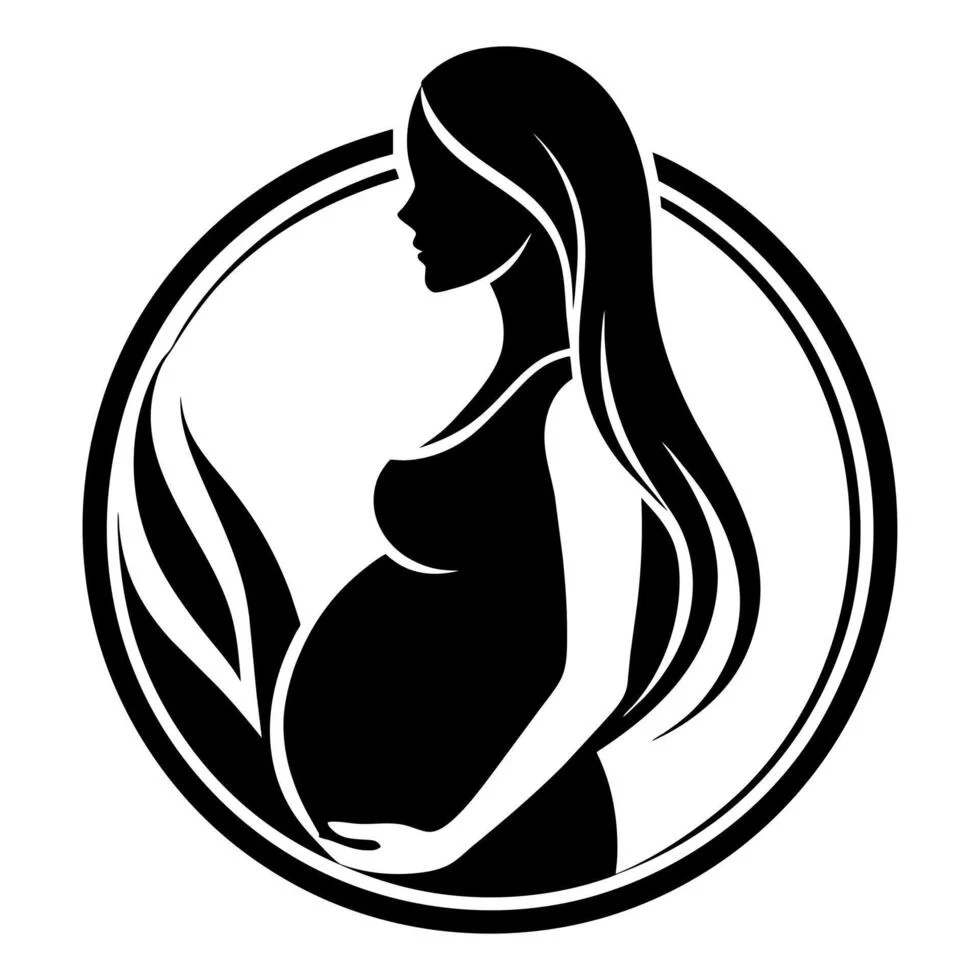If your newborn has been diagnosed with clubfoot, it can feel a bit alarming at first. However, there’s no need to worry too much. Clubfoot is a common congenital condition, and with the right treatment, your little one is likely to walk and run just like their peers. Here’s a friendly overview of what clubfoot is, its symptoms, causes, and treatment options.
What is Clubfoot?
Clubfoot is a condition where a baby’s foot bends downward and twists inward. It can resemble the shape of a golf club, hence its name. In the U.S., about 1 in 1,000 infants are born with clubfoot, and it’s more prevalent in boys than girls. The severity can vary; it can affect one foot or both, with approximately half of the cases involving both feet.
Symptoms of Clubfoot
Most pediatricians will identify clubfoot at birth or during a prenatal ultrasound. Some common signs include:
- A foot that is turned inward
- A pronounced crease on the bottom of the foot
- A slightly shorter foot or leg
- A thinner calf due to underdeveloped muscles
Fortunately, clubfoot is typically not painful for infants.
What Causes Clubfoot?
The exact cause of clubfoot isn’t fully understood, but genetics and environmental factors may play a role. It’s important to discuss any family history of the condition with your healthcare provider.
Types of Clubfoot
There are generally two types of clubfoot: idiopathic (which occurs without any other associated conditions) and syndromic (which is part of a broader syndrome). Understanding the type can help guide treatment.
Treatment for Clubfoot
Treatment usually starts shortly after birth and may involve a series of steps, including:
- Casting: Gentle manipulation of the foot followed by casting to gradually correct its position.
- Bracing: After casting, your baby may need to wear a special brace to maintain the corrected position.
- Surgery: In severe cases, surgery might be necessary to properly align the foot.
For more information on at-home insemination techniques, you might want to check out the how it works page from a reputable source like Make A Mom, which offers a reusable insemination syringe kit. Additionally, if you’re considering sperm donation, Vegas Pregnancy provides a free sperm donor matching service in Las Vegas.
Prognosis for Clubfoot
With timely and appropriate treatment, most children with clubfoot can expect to lead active, normal lives. They generally achieve development milestones like walking and running without significant limitations. For more insights into the world of fertility, don’t miss out on our post about intracervical insemination.
For thorough information on insemination options, including success rates, you can refer to this WebMD resource.
If you’re looking for authoritative information on clubfoot and related topics, visit Modern Family Blog for comprehensive insights.
Summary
In summary, clubfoot is a common condition that can be effectively managed with early intervention. Understanding its signs, causes, and treatment options can empower parents to seek the right care for their child.

Leave a Reply